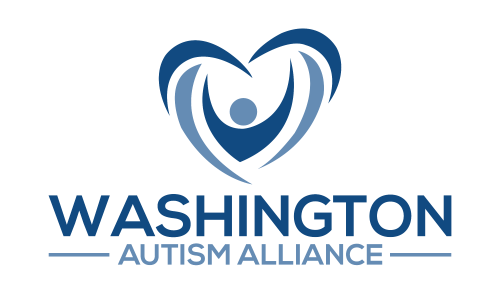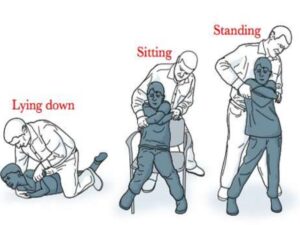There’s a public hearing on a Senate Bill (5966) tomorrow at 1:30 pm that would undo some of the gains we made with the restraint bill (House Bill 1240) in 2015. It would change the standard from imminent likelihood of serious harm (objective) to “reasonable belief” of such harm (subjective, and looser). Please sign up to oppose this bill. You can sign up here.
Thank you for standing together with us to protect the safety of students in public schools. My testimony is below.
In gratitude,
Arzu Forough – Washington Autism Alliance
Regarding Senate Bill 5966 – Student Restraint, Isolation
Madam Chair and Members of the Committee,
For the record, my name is Arzu Forough. I’m the President and CEO of Washington Autism Alliance. Over the last 17 years we’ve served clients in every single legislative district in Washington State. I’m also a co-advocate of an adult with intellectual and developmental disabilities including autism, PTSD and Tourette’s Syndrome and a former student at Lake Washington School District.
The following position is based on our understanding of the balance between dignity and safety for all people, including those with special needs. Students’ rights and dignity are always our pre-eminent concern, and in all situations we should treat students with disabilities with respect and caring.
However, as with all people, a student’s safety and the safety of others, including staff and other students in classrooms are the only factor that could temporarily & briefly outweighed these considerations.
1. Every effort should be made to prevent the need for the use of seclusion. All children should be educated in safe, respectful, and non-restrictive environments where they can receive the instruction and other supports they need to learn and achieve at high levels. Environments can be structured to greatly reduce, and in many cases eliminate, the need to use seclusion.
2. Teachers and other personnel should be trained regularly on the appropriate use of effective alternatives to seclusion and restraints, such as positive behavioral interventions and supports and, only for cases involving imminent danger of serious physical harm, on the safe use of seclusion.
Positive behavioral strategies should be in place in schools and training in seclusion should first emphasize that every effort should be made to use positive behavioral strategies to prevent the need for the use of seclusion.
3. Every instance in which seclusion is used should be carefully and continuously and visually monitored to ensure the appropriateness of its use and the safety of the child, other children, teachers, and other personnel. If seclusion is used, the child should be continuously and visually observed and monitored while he or she is placed in seclusion.
4. Restraint or seclusion should never be used as punishment or discipline (e.g., placing in seclusion for crying or out-of-seat behavior), as a means of coercion, or retaliation, or as a convenience. Seclusion should not be used as routine school safety measures; that is, they should not be implemented except in situations where a child’s behavior poses imminent danger of serious physical harm to self or others and not as a routine strategy implemented to address instructional problems or inappropriate behavior
5. The use of seclusion, particularly when there is repeated use for an individual child, multiple uses within the same classroom, or multiple uses by the same individual, should trigger a review and a revision of behavioral strategies currently in place to address dangerous behavior; if positive behavioral strategies are not in place, staff should consider developing them.
We have serious concerns about SB5966. This bill creates loopholes for school resource officers performing law enforcement duties without the appropriate training and oversight to do so.
The bill would change the definition of isolation to allow a “room clear” (where the student is left alone in the classroom instead of being removed to an isolation room) and “a removable partition within a classroom for the purpose of temporarily separating a student from the rest of the classroom for a short period of time in order to promote and maintain an environment conducive to learning for all students in the classroom and which still allows the student to be in the line of sight of staff in the classroom.” These lead to isolation tactics even if there’s no imminent danger.
Also, the bill allows “physical escort” without any danger.
And it relaxes standards for restraint and isolation overall, allowing a “reasonable belief” to substitute for an actual likelihood of imminent harm. There’s an even weaker standard for “temporary” restraint (although all restraint is temporary!), allowing its use “to interrupt” impulsive behavior that threatens immediate safety (but not necessarily a serious threat) or to protect oneself from assault, injury or inappropriate contact (which doesn’t have to be imminent or likely).
There would be a loophole for school resource officers performing law enforcement duties, without the appropriate training and oversight.
Thank you for your consideration in not passing this bill in it’s current iteration.


